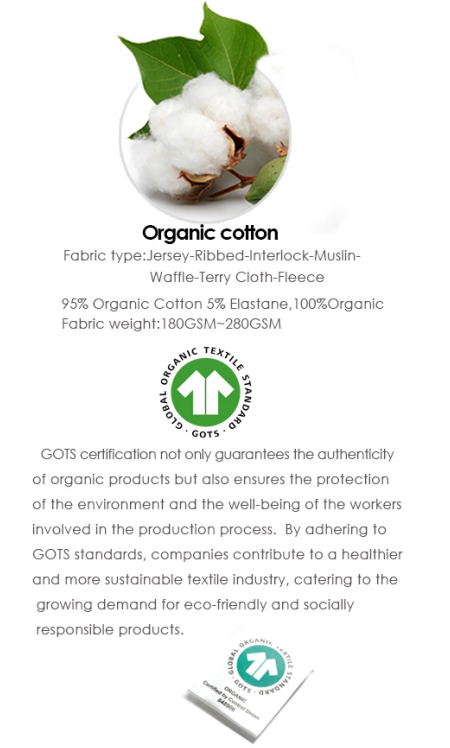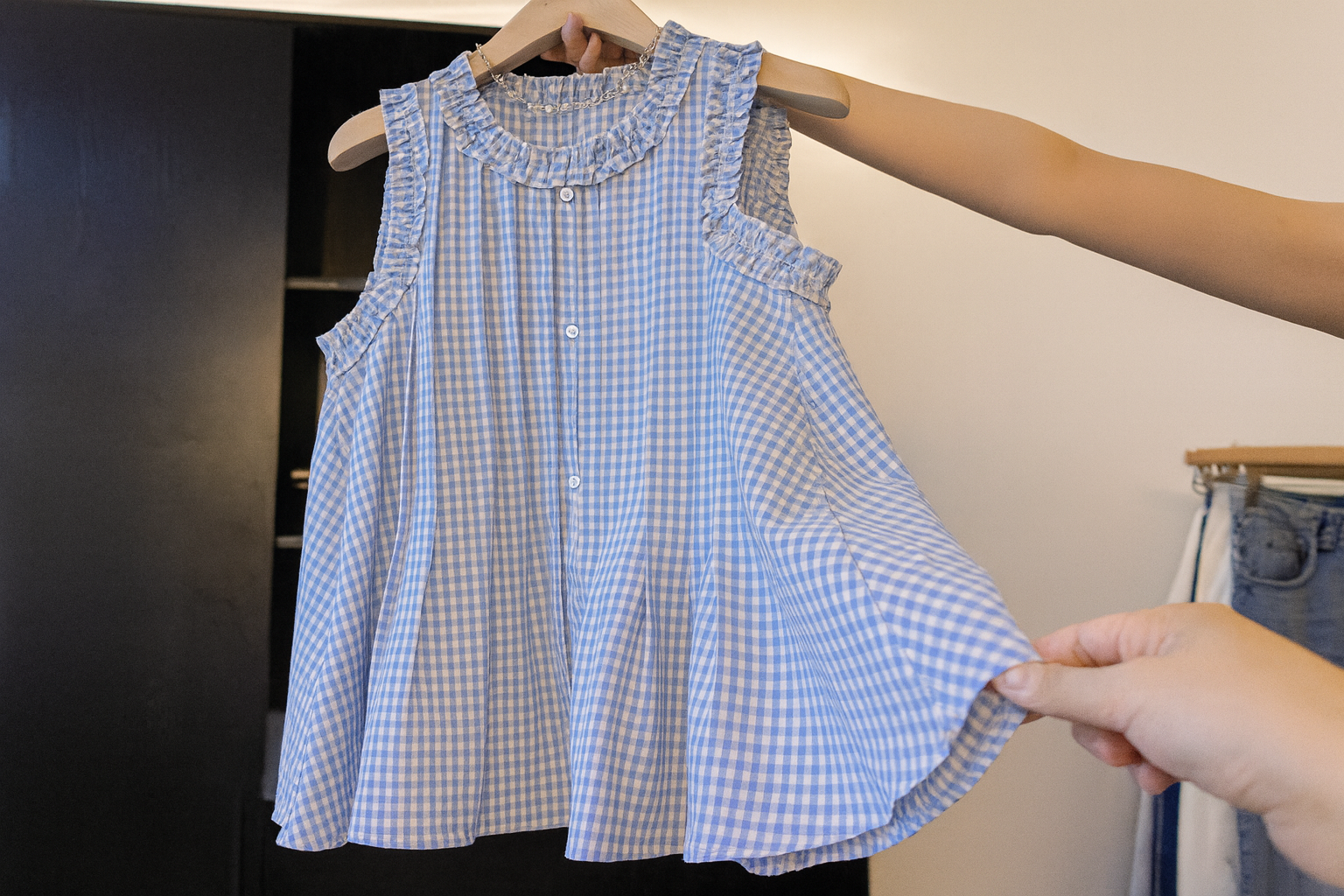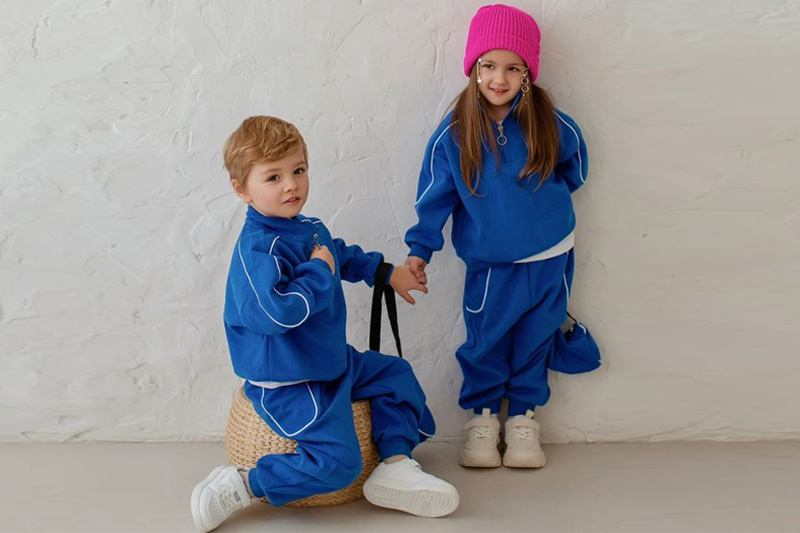When you’re picking out clothes for children, it’s not just about cute prints or soft textures. It’s about safety—real, invisible safety that lies in the fabric itself. I’ve seen what a small rash can turn into when the fabric isn't safe. That’s why today, we're talking about something many overlook: the importance of choosing safe and certified fabrics for children's clothing.
Certified fabrics like those with OEKO-TEX or GOTS labels ensure that harmful chemicals, dyes, and residues are not present in kids’ clothing. These certifications test for allergens, heavy metals, and carcinogens—things that may not be visible but can still harm children’s sensitive skin. Choosing certified fabrics reduces the risk of irritation, builds trust with parents, and supports responsible textile production.
It’s not just about what’s on the label—it’s what’s underneath the label that really matters.
How do certified fabrics help protect children from skin irritation and allergies?
Let me tell you—there’s nothing scarier for a parent than watching their baby scratch and cry from a rash that came out of nowhere. I've had customers call in panic, only to find out it was the new shirt they just bought.
Certified fabrics protect children by ensuring they’re free from harmful substances like formaldehyde, pesticides, and heavy metals that often trigger allergic reactions. OEKO-TEX and GOTS certifications test textiles against strict safety standards, helping prevent rashes, eczema, and discomfort in kids with sensitive skin.
Kids, especially babies, have thinner, more absorbent skin than adults. That means whatever’s in their clothes—even trace chemicals—can make its way into their system much more easily.
What do certifications actually test for?
Let’s take OEKO-TEX Standard 100 for example. Every fabric that carries this label is tested for over 100 known harmful substances, including:
- Formaldehyde
- Heavy metals like lead and mercury
- Azo dyes that can release cancer-causing amines
- Allergens and irritating compounds
These aren’t rare issues. Some “fashionable” but uncertified fabrics can still contain residues from dyeing, printing, or even insect repellents used during storage.
In fact, here’s a quick comparison:
| Feature | Certified Fabric | Non-Certified Fabric |
|---|---|---|
| Chemical safety tested? | ✅ Yes | ❌ Not guaranteed |
| Safe for newborns? | ✅ Yes (with baby class) | ❓ Unknown |
| Allergen risk | 🔽 Very low | 🔼 Higher risk |
| Environmental responsibility | ✅ High | ❌ Often ignored |
With certifications, it’s like having a safety inspector quietly watching over every stage of production—from spinning to sewing.
Why should parents look for OEKO-TEX or GOTS labels when buying kids’ clothes?
Imagine standing in a store, baby on your hip, scanning shelves full of tiny T-shirts. Everything looks cute. But how do you know what’s truly safe?
Parents should check for OEKO-TEX or GOTS labels because these certifications guarantee the fabric has been tested for harmful chemicals and manufactured under safe, ethical conditions. These labels offer peace of mind—especially when shopping for newborns or kids with sensitive skin.
It’s a bit like looking for the organic label at the grocery store. You might not see the difference, but you know it’s better.
Can non-certified fabrics pose hidden health risks to babies and toddlers?
Yes—unfortunately, they can. And it often goes unnoticed until a child reacts to it.
Non-certified fabrics may contain hidden residues like formaldehyde, azo dyes, or even flame-retardant chemicals that have been linked to skin rashes, respiratory issues, and hormonal disruption in children. Without certification, there’s no way to verify what’s really in the fabric.
And we’re not talking about rare cases. Even big-name factories sometimes cut corners.
I remember a client who sourced printed cotton dresses from a new supplier overseas. They looked great. But after two weeks on the market? Three returns with photos of red, irritated skin. The fabric hadn’t passed any safety checks. It cost them more than just money—it cost trust.
Do safe fabrics make a real difference in the quality and durability of kidswear?
Let’s be honest: kids are messy. Clothes get washed, stretched, stained, and thrown in the sandbox. You want fabric that lasts—without fading or falling apart.
Safe, certified fabrics not only reduce health risks but are also generally more durable and colorfast because they are held to higher production standards. OEKO-TEX and GOTS fabrics tend to resist shrinking, bleeding, and wear better—making them ideal for kidswear that gets heavy use.
It’s not just “safe.” It’s smart.
What role do certifications play in building trust with eco-conscious families?
These days, buying isn’t just about function—it’s about values. And certifications speak volumes.
Certifications help brands build trust with eco-conscious parents by proving their commitment to safety, sustainability, and transparency. Labels like GOTS also show ethical labor practices and eco-friendly dyeing methods—key concerns for modern buyers.
When a parent sees that label, it tells them: This brand gets me.
Conclusion
Safe and certified fabrics aren’t just a detail—they’re the foundation. When we choose well-tested textiles, we protect kids, win trust, and build better brands.



